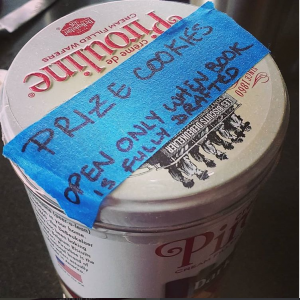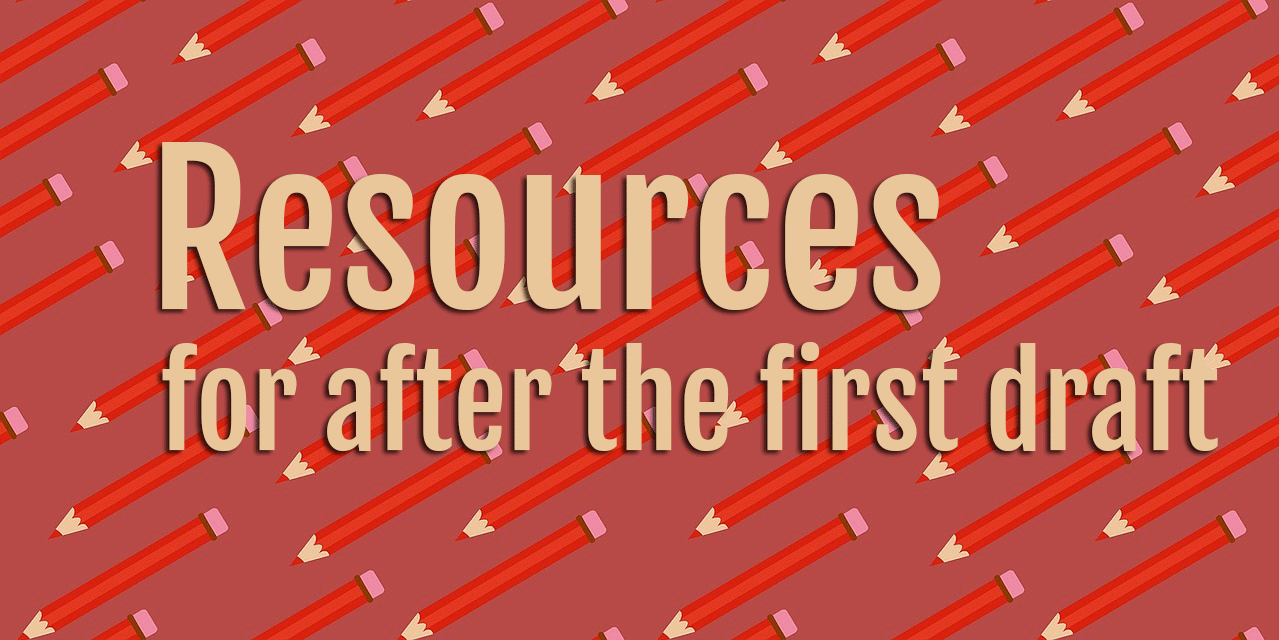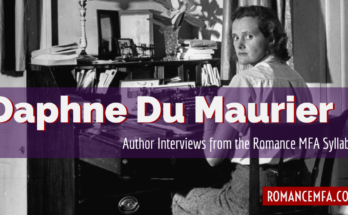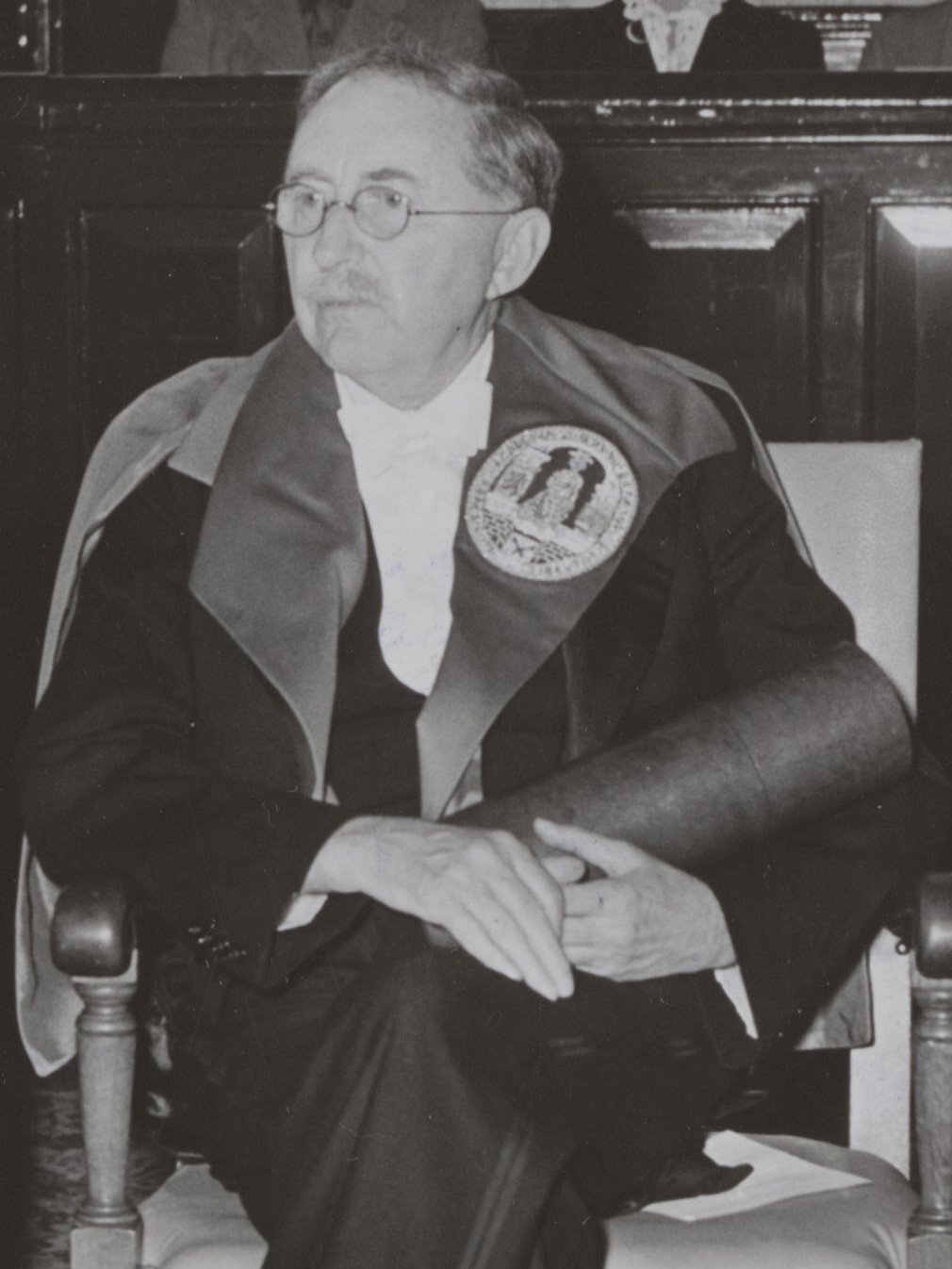 I have finished a draft of my first romance novel and eaten my reward cookies. Woohoo!
I have finished a draft of my first romance novel and eaten my reward cookies. Woohoo!
But what do I do now, other than regret that I didn’t save any cookies for later? Well, I’ve already bought a different packet of cookies as the milestone for book two, and started in on the editing process. I’m being much more methodical in my first draft editing than I have in the past, but I’m far from an expert on the process–which is why I’m sharing resources from people who know more than me.
(If you’re still working your way through a draft, take some advice from the Ruby-slippered Sisterhood on “finishing the damn book.”)
Resources for first draft editing
Self-editing
Before I send the manuscript off to an editor, I have to do as much as I can on my own to make sure the story is working well. Jenny Crusie puts it succinctly in a post on “What Editors Do“:
..it’s really rude to give any kind of editor a text you know isn’t right because it means you’re shoving off work that you can do and leaving it to her to fix things in the way she thinks best, which is possibly not the way you wanted.
On a purely financial level, it’s also going to be more expensive if I shove off more of the work on an editor. But how can I help myself to see what’s broken in the story? Lisa Poisso, writing for Jami Gold’s blog on improving your big-picture revision skills, reminds us that
Smoothing out sentences (and fixing those infamous commas) comes much later in the revision process than your red pen might be itching for. Effective revision begins with working out the kinks in your story.
Lisa’s article provides six suggestions on improving your story sensibilities. Lisa Lepki, writing for Now Novel, has another piece of advice:
Concentrate on a single objective and make several passes through your work. For example, pay attention solely to plot in the first read. Next, concentrate on grammar and spelling. On the third pass, run through all of your dialogue to make sure it’s natural and flows.
But we all get to the place where we can’t look at our own manuscript, and we can’t really see it anymore either. That’s why outside feedback is important.
Writers’ groups and crit partners
Before heading to a professional editor, many writers seek peer feedback. Dan Koboldt, writing for the Writer’s Digest blog, discusses the power of a critique group.
A writer who works in isolation will not improve significantly over time. … Critique partnerships are essential for novelists, especially those who haven’t broken in. The truth is that most writers are too close to their work to see all of its flaws. A critique partner’s job is to provide constructive criticism of the entire manuscript.
I’ve been fortunate to have a stellar writers’ group. They’ve been reading a few chapters at a time and giving me feedback on my characters and plot since last fall.
How to find critique partners or a group? I fell into my group because I told a friend I was getting serious about writing and her husband was in a crit group. I envisioned chain-smokers around a metal table, chewing over literature under a bare light bulb in a windowless room, but actually we meet in a coffee shop and jokingly classify feedback into “more words”, “fewer words” and “different words.”
If your friends don’t happen to have literary spouses, you can seek new friends or investigate the options below!
Places to find critique partners
- Members of RWA have access to their crit partner matchup site. I’ve had two contacts through this who ghosted after I replied, but I hear you may have to send out two dozen queries before you find a match. Persist!
- Meetup.com may have listings for groups in your area – searching for “writing” turns up nearly 30 groups in my metro area. I went to a few events of one group, but ended up preferring my other group.
- Take it entirely online – critters.org has been around for a hecka long time, as their site design shows. Before I defected to Romancelandia, I spent several years participating in and learning from the sci-fi/fantasy/horror workshop there.
- If you are an active member in good standing of the forums at RomanceDivas.com, you get access to the “Critique Boutique”. Romance Divas has been recommended as a place of networking for romance authors. I’ve maxed out my online interaction bandwidth with Twitter, though, and haven’t really ventured there.
What about beta readers?
How do you use beta readers to improve your story? For those of you getting started with beta readers, Jane Friedman has an 8-step process for the ideal beta reader experience and Ryan J. Pelton has two rules:
Rule #1: Beta/First readers should not be writers (if possible).
Rule #2: Only choose 1–2 Beta/First Readers.
Once you’ve found beta readers, what do you want from them? For myself, I’m choosing to use beta readers at the copy-edit and proof-reading stage. With my last published novel, a friend helpfully live-texted me typos as he found them over the several days he read the book. I was far too exhausted with the manuscript to go back and make changes at the time and his messages were lost when the phone died. Oops… This time around he’s on the list to read before final publication!
Wherever in the process you want beta readers’ help, make sure you are clear with your expectations of them. Romance University has a very comprehensive beta reading checklist, which you can read for your own thought process as well as sharing with your readers.
Professional editors
You may have heard that there are three main types of editors on the spectrum from macro level editors, called developmental or content editors, to micro level editors, called line editors and copy editors. And you’ve probably realized that they aren’t helping you with first draft editing — they’re best brought on board for third or fourth or twelfth draft editing. (If you get to twelve drafts, hat’s off to you. I would die.)
Jeanne, part of the 8 Ladies Writing blog, describes the help she got from her developmental editor:
Karen’s edit came in two pieces: a thirty (30!) page edit report and a markup of my 400 page manuscript. The markup included some copy editing as well as Karen pointing out plot holes and inconsistencies. The edit report, though, was what finally helped me understand what a really good editor can do for you. Karen went through and summarized all the plot holes, all the weak (or non-existent) motivations and all the inconsistencies she found while combing through the manuscript. She also offered suggestions for addressing them.
On line editors, Jami Gold describes how they can help develop your writing voice:
Voice is the trickiest aspect of line editing. A line editor who’s not a good match for us will try to “fix” our voice choices into something dull, but a good match will help us make our voice stronger and sharper.
Copy editor Nan Reinhardt at Romance University talks about the feedback she provides:
Comments may also include questions about sentences that don’t make sense or something that a character might say that seems like a non sequitur—what he’s saying doesn’t fit with the rest of the scene. I’ll point out anachronisms, like a bi-plane in a Regency novel. (That’s extreme, I know, but you get the picture!). POV glitches: When the heroine’s point of view is suddenly part of the hero’s thought process, that will generate a comment. So will tense switches—started the story in past tense and now we’re in present. What happened here?
Jami’s blog also has master lists of editing skills for a) story development, b) line editing and c) copy editing to further help you tease out the differences.
Author-editor relationships
I’m not addressing the question of finding an editor. You can use social media and Google just as well as I can. Instead, let’s finish up by looking at what the interactions between author and editor ought to look like.
From Blake Atwood at The Write Life, here are tips on formatting your manuscript before sending it to your editor. Elizabeth Langston of the Ruby Slippered Sisterhood has a great post on freelance editor etiquette, with guidelines like
It’s my responsibility to state the terms of our agreement regarding services, due dates, and fees. It’s her responsibility to confirm whether she can provide them.
From the editor’s perspective, Sarah of Lopt and Cropt talks about editing and expectations on her blog.
I always, always tell my writers to please feel free to fight me on edits of mine that they don’t agree with. This does not necessarily mean that I’m going to roll over and accept it right away – oh no. I’ll argue back if I feel really strongly about it, and we’ll debate. “But it just sounds good!” doesn’t sway me, but “well, the character actually wouldn’t act that way because of X” might. So let’s fight it out, but I promise we’ll be friends at the end.
And here’s a timely tweet from Jess Zimmerman:
Yesterday on a panel I said "editing is something I do FOR you, not TO you" and I have a feeling I'm going to be quoting myself on that a lot
— Jess Zimmerman (@j_zimms) July 17, 2018
Have you got a resource on editing or revision I missed? Hit me up on Twitter – @ RomMFA – and let me know. I’m always happy to chat, and distract myself from the editing and revision process! Next week we’ll be back to the books: my next MFA syllabus read is Annemarie Selinko’s Désirée.



